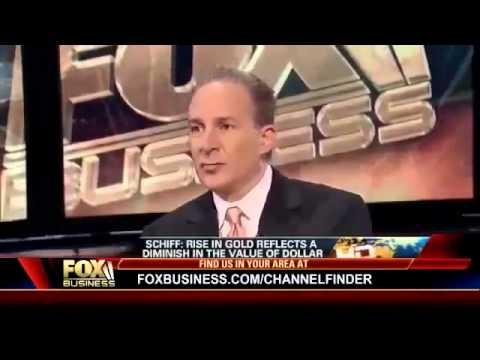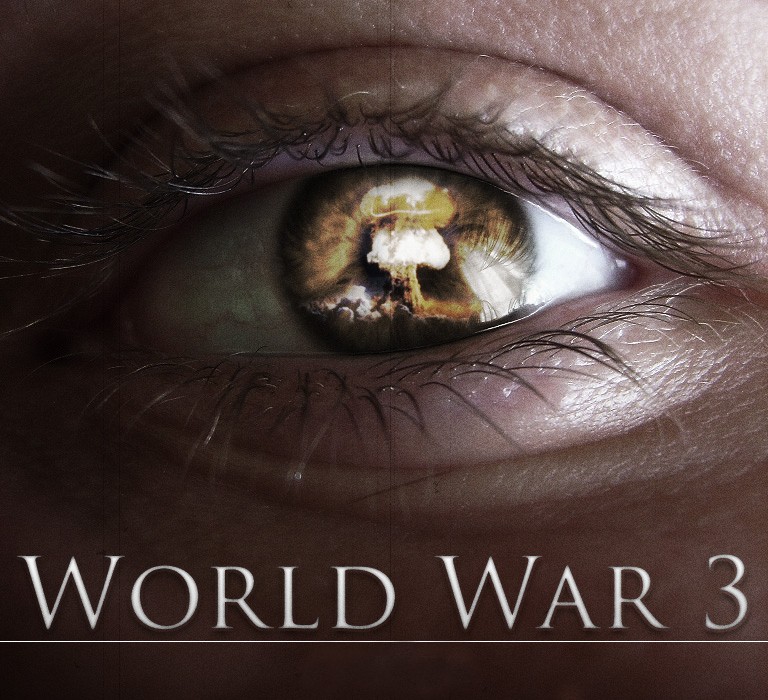Prepare Yourself for Financial Warfare
Post on: 27 Апрель, 2015 No Comment

Last week, I began to list my top seven reasons why its actually time to buy Treasuries. even though many investors continue to shun them.
Weve already gone over the first three.
But now it gets really interesting
Reason #4: You Can Profit Even if Rates Rise
In many investors minds, the popular Treasury exchange-traded funds (ETFs) the iShares Barclays 20+ Year Treasury Bond ETF (TLT ) and the iShares Barclays 7-10 Year Treasury Bond ETF (IEF ) have become synonymous with Treasuries.
Dont fall into this trap.
These ETFs are a flawed way to invest in Treasuries because they neutralize one of the imbedded safety mechanisms of a bond the maturity date.
The ETFs periodically roll their positions to maintain the same average maturity and duration, or interest rate risk. For this service, you pay the funds annual expense ratios of 0.15%.
If we purchase a 10-year Treasury (T-Note), however, our risk actually decreases over time as the maturity date approaches.
In five years, well no longer own a 10-year bond, but a 5-year bond. Depending on what level 5-year Treasury rates are at that point in time, our bonds may have risen in value even if 10-year rates are higher. Plus, well have collected semi-annual coupon payments along the way.
Purchasing a T-Note isnt all that different from buying a stock. We simply use a unique identifier called a CUSIP, rather than a stock ticker. The CUSIP for the current 10-year Treasury (known as on-the-run) is 912828B66.
Investors looking to diversify should stick with T-Notes, and stay away from Treasury ETFs.
Reason #5: Rates Can Stay Low for a Very Long Time
Theres a popular belief that once the Federal Reserve ceases quantitative easing, rates will skyrocket.
History suggests otherwise.
On March 31, 2010, the Fed ended its first quantitative easing program (QE1). The U.S. 10-year Treasury rate proceeded to fall from 3.84% to around 2.5% at which point QE2 was announced.
Interest rate cycles also tend to be very long. After the Great Depression, the yield on long-term U.S. government bonds stayed below 3% for the better part of 20 years.
Reason #6: China is on the Brink of Disaster
Treasury haters commonly bring up a scenario in which China the largest foreign holder of Treasuries dumps its bonds on the open market, crushing the Treasury market in the process.
On the contrary, the recent events in China are actually very bullish for Treasuries.
You see, there are reasons to believe that China is experiencing its own Bear Stearns moment.
Chinas commercial and residential real estate boom has been fueled by a massive credit expansion, which is reminiscent of the United States credit growth during the late stages of the housing bubble.
And now, China is witnessing the first defaults associated with excessive debt burdens and speculation, sending a major warning signal .
This is huge, folks. The Chinese economy, the worlds second largest, has been one of the key drivers of global growth the past few years.
If the situation in China deteriorates further, then there will be serious global implications. An economic hard landing or a banking crisis in China would cause another deflationary shock, not unlike that of the credit crisis.
And Treasuries are one of the few assets that benefit from fears of deflation.

Reason #7: War Approaches
Many countries around the world, including China, will continue to have a tough time dealing with hangovers from credit expansions.
If history is any guide, it wont be a peaceful process.
We sit today at the largest peacetime accumulation of debt in world history, says Kyle Bass, Founder of hedge fund Hayman Capital. You know how this ends, right? This ends through war I dont know whos going to fight who but Im fairly certain in the next few years that you will see wars erupt, and not just small ones.
Russias incursion into Ukraine may immediately come to mind, but there are other conflicts that need to be watched closely, as well.
Japan and China have fought a number of wars against each other, and a territorial dispute over a group of islands has led to rising tensions between the two nations as of late.
Indeed, there are some very scary parallels between recent events and those that preceded World War II.
But the world has changed so much that modern wars between superpowers will be more financial based. Theyll be fought increasingly in the bond, currency and natural resource markets and less on the battlefield.
Theres no doubt in my mind that the United States will prove victorious in an era of financial warfare just as it did in the first two world wars. Setting aside the fact that the United States has the strongest military in the world, its also rich in natural resources and home to the most innovative companies.
Bottom line: After reviewing these seven reasons, its clear that Treasuries still deserve the safe haven moniker and should currently have a place in our diversified portfolios.
Safe (and high-yield) investing,
Alan Gula, CFA
As Wall Street Daily’s Chief Income Analyst, Alan is continually and fervently analyzing the financial markets. He draws upon a wide range of finance experience, including investment banking, research and trading. Learn More >>














